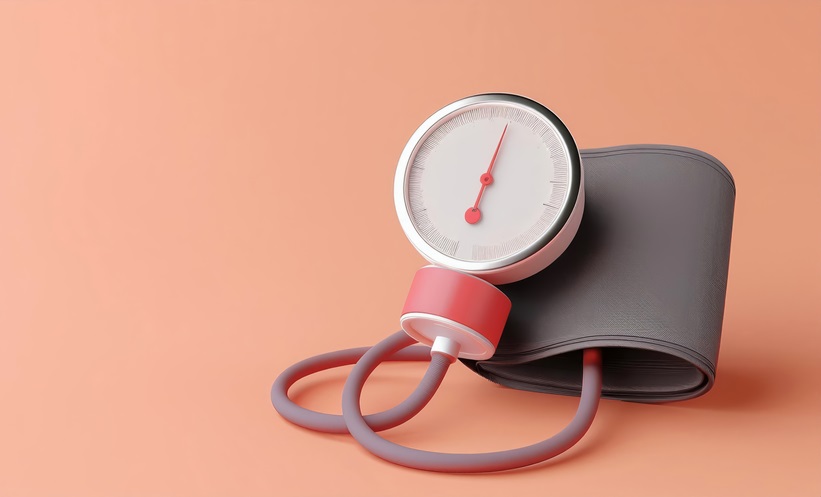Abstract
Transcatheter therapy for valvular heart disease (VHD) as an alternative for surgery, as the standard of care, has emerged rapidly over the last 10 years. Since the first transcatheter heart valve (THV) implantation in pulmonary position, in 2000, and in aortic position, in 2002, an enormous number of high-risk patients have undergone percutaneous aortic valve implantation and a wide variety of commercially available THVs have emerged within the medical sector. Interventional mitral valve repair (MVR) and implantation started with a variety of devices developed by industry, but few are available at the moment. In this article percutaneous systems for the treatment of mitral regurgitation (MR) in high-risk patients are introduced and discussed. Technologies currently under development can be classified by their anatomical approach. To date, only the percutaneous edge-to-edge approach is applied on a larger scale in clinical routine with the MitraClip device. Several other technologies for percutaneous MVR have achieved first-in-man results. For comparable results of transcatheter MVR to surgical MVR a combination of these technologies may be required. The field of transcatheter mitral valve implantation is evolving quickly as well. With half a dozen devices under development right now and a few entering the clinical test stage it may be just a matter of time until a THV for the mitral position will become commercially available. Considering that MR is among the most frequent entities in VHD and, furthermore, that life expectancy will continue to increase, it can be anticipated that in the near future there will be percutaneous strategies needed for the treatment of MR in high-risk patients. At present, all devices have to be restricted to inoperable patients or to compassionate use settings. However, once clinical proof of safety and efficacy have been demonstrated, extension to a broader patient spectrum seems likely. To ensure cautious and safe clinical introduction of these novel therapeutic options, guidance by interdisciplinary dedicated heart teams is of paramount importance.
Please view the full content in the PDF above.







